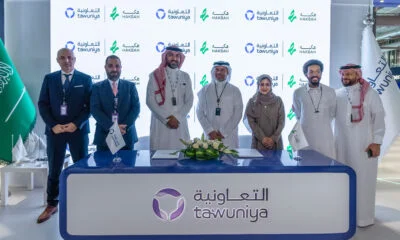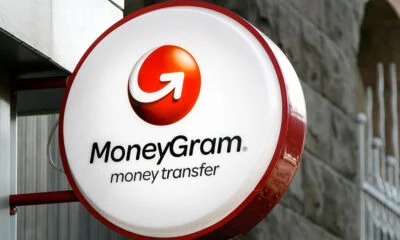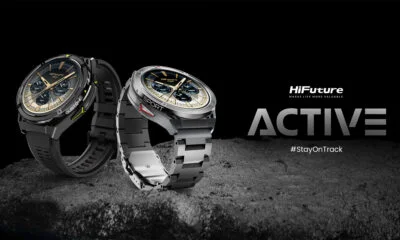News
Saudi Arabia’s First Electric Air Taxi Completes Test Flight
The week-long program was a collaboration between NEOM representatives, Volocopter, and Saudi aviation authorities.
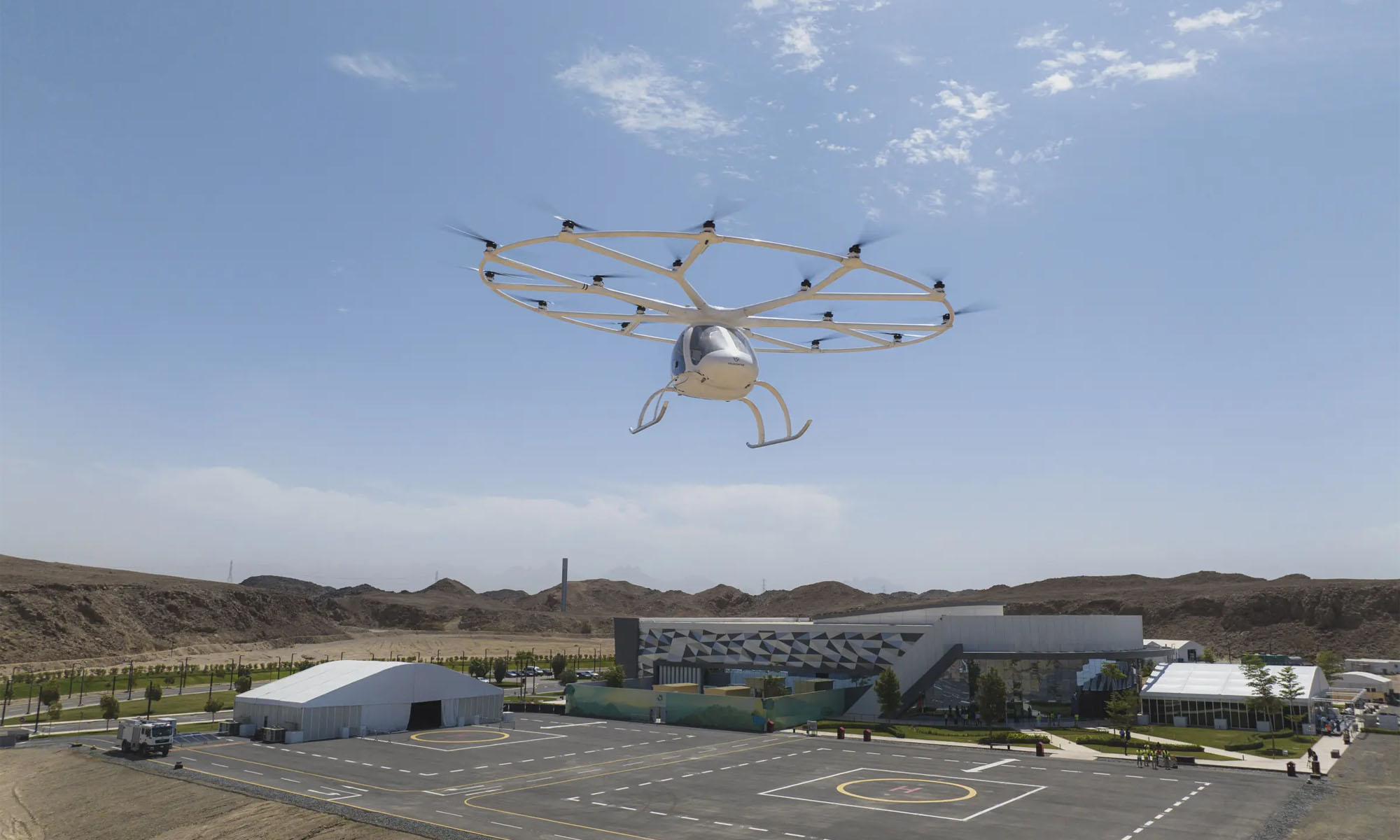
Representatives from NEOM — the massive Saudi Arabian smart city development project — and urban air mobility company Volocopter have announced the successful completion of a test flight by an eVTOL (electric Vertical Take-Off and Landing) air taxi service.
The week-long test flight program was the first of its kind to receive the go-ahead from Saudi officials, and was conducted in collaboration with the General Authority of Civil Aviation (GACA).
NEOM and Volocopter aim to implement and scale a complete electric UAM ecosystem in the upcoming smart city development as part of their shared vision for a clean, sustainable future.
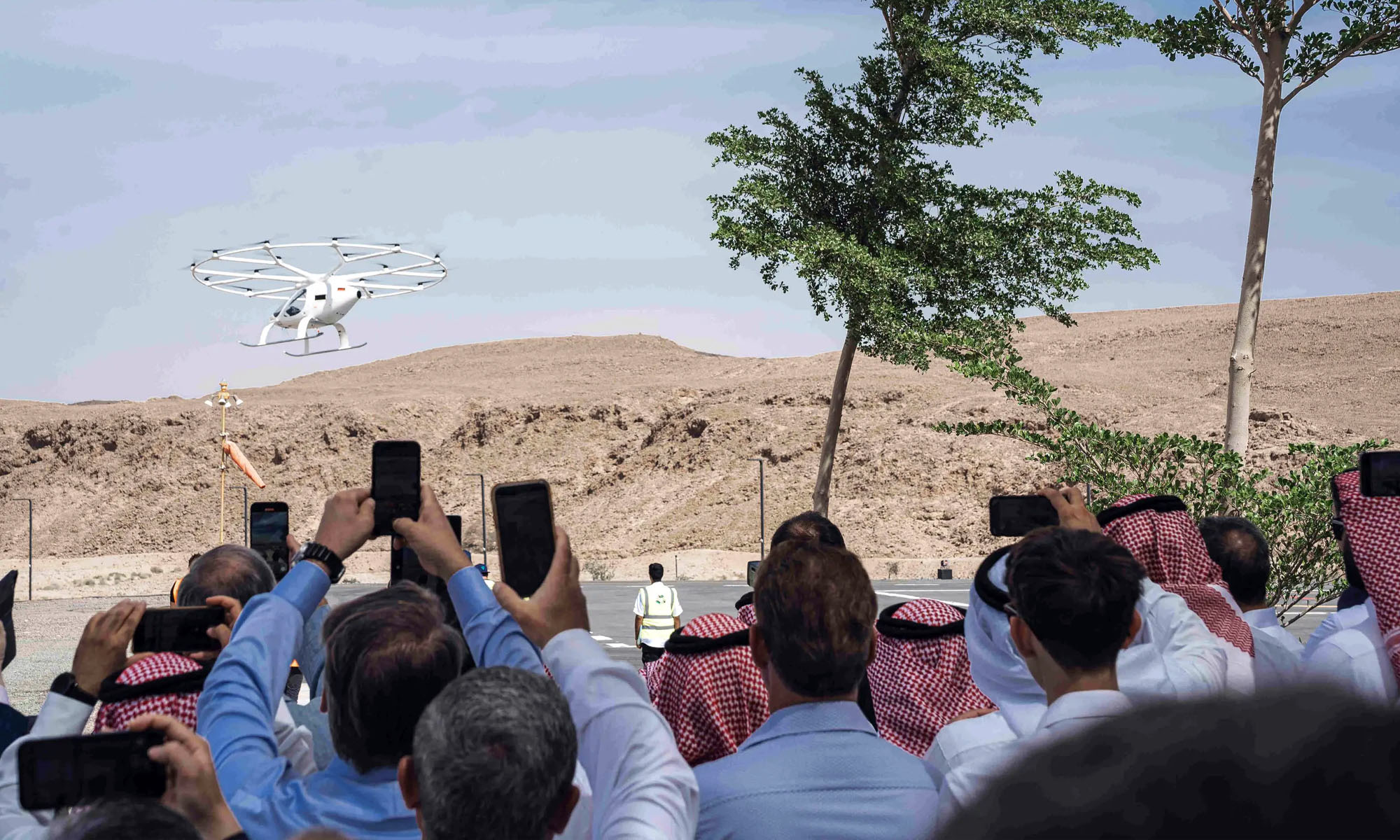
NEOM CEO, Nadhmi Al-Nasr, said: “The successful test flight of a Volocopter eVTOL is […] another milestone towards creating NEOM’s innovative, sustainable, multimodal transportation system. Driving the development of smart, sustainable, and safe mobility systems will improve livability and connectivity in cities worldwide and reduce carbon emissions, creating a cleaner future for all”.
Meanwhile, Volocopter Chief Commercial, Christian Bauer, was equally enthusiastic about the results of the test flight: “It is beyond exciting to see our work from the past 18 months come to fruition. As the first eVTOL aircraft to ever test in Saudi Arabia, we are proud to have laid the groundwork for our future collaboration here in NEOM”.
Also Read: Dubai Hospital Delivery Drone Completes Successful First Trial
Volocopter’s eVTOLs will be powered by 100% renewable energy from solar and wind sources. The electric craft will also be multi-use, with plans to deploy them as taxis, emergency response vehicles, and more. The electric helicopters should be easily adaptable, cheaper to run than conventional models, and a good deal quieter. Meanwhile, smart and autonomous capabilities ensure high levels of safety in confined cityscapes.
The air taxi test flight announcement comes after NEOM’s EUR 175 million investment into Volocopter, which recently confirmed that its production plant in Bruchsal, Germany, now had the capacity to build over 50 helicopters per year.
News
HiFuture Wraps Up Successful GITEX GLOBAL 2024 Appearance
The electronics company wowed audiences at the world’s largest tech event with a range of wearable and smart audio devices.
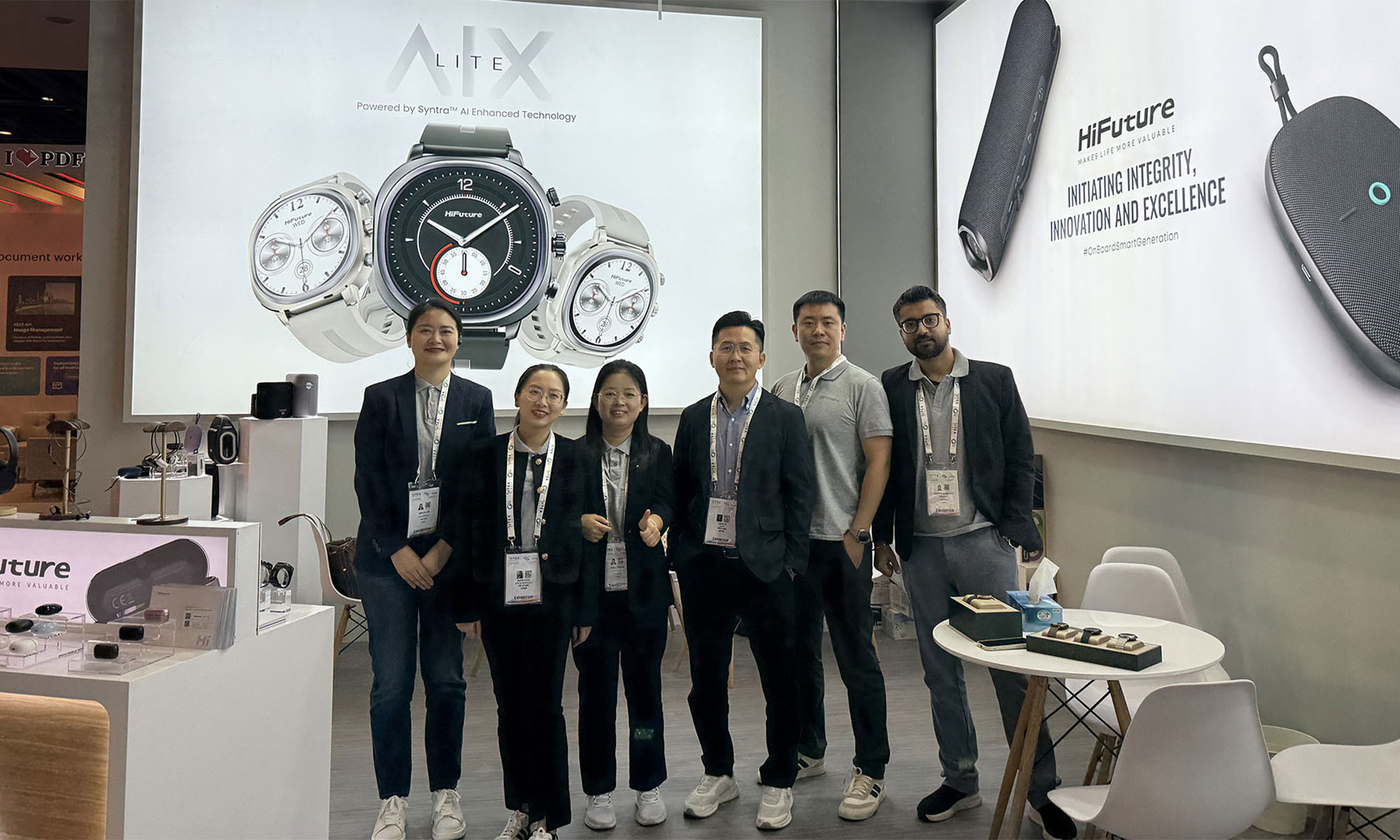
This year’s GITEX GLOBAL 2024 in Dubai saw a huge number of startups, electronics firms, and innovators from around the globe gather for the tech sector’s largest event of its kind. One company making waves at this year’s expo was Chinese tech group HiFuture, which showcased a range of products with a focus on wearable technology and smart audio.
At the HiFuture booth, the company captivated attendees with cutting-edge smartwatches like the ACTIVE and AURORA, along with a range of powerful wireless speakers, earbuds, and even smart rings. Visitors were eager to check out the sleek new designs on offer and even had the chance to test out some of the products themselves.
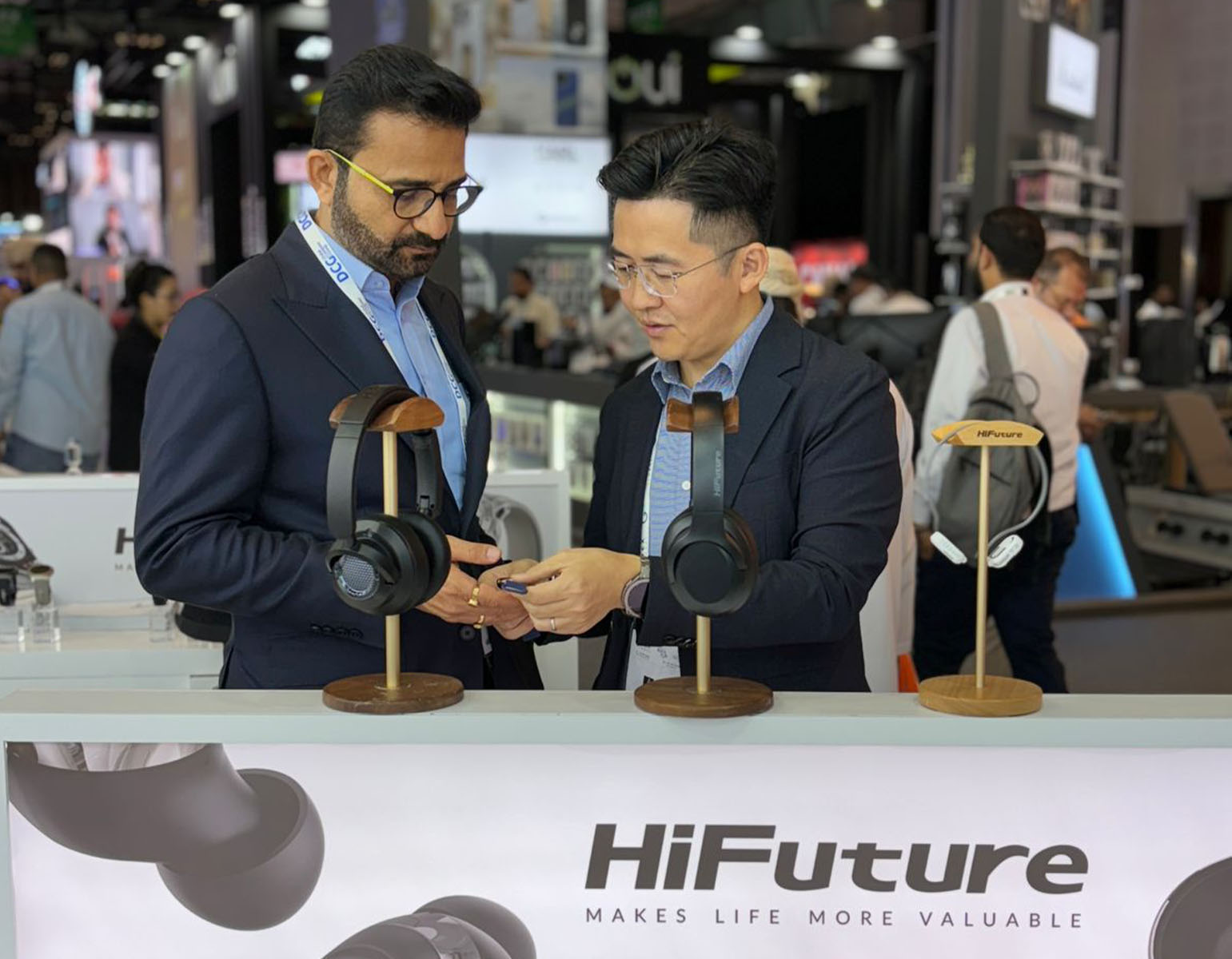
Among the highlights were smartwatches combining dual-core processors with customizable options. The devices blended style and technology, offering health monitoring capabilities, personalized watch faces, and advanced AI-driven functionalities, giving attendees a taste of the future of wearable technology.
On the audio front, HiFuture’s wireless speakers left a lasting impression, offering rich, immersive sound in compact, portable designs. These speakers cater to both intimate gatherings and larger celebrations, offering versatility for users. Meanwhile, the company also showed off its Syntra AI technology, which it claims “revolutionizes health and fitness tracking by combining advanced optical sensors with intelligent algorithms for precise, real-time insights”.
Also Read: How (And Why) To Start A Tech Business In Dubai
The presence of HiFuture’s leadership team at GITEX 2024 underscored the importance of this event for the company, with CEO Levin Liu leading a team of executives, all keen to engage with attendees and offer insights into HiFuture’s vision, product development process, and future direction.
Overall, it seems that GITEX GLOBAL 2024 has been a rewarding experience for HiFuture. The enthusiasm and curiosity of attendees shown to the company’s diverse range of products was obvious, with the HiFuture team leaving on a high note and clearly excited and motivated by the event.


